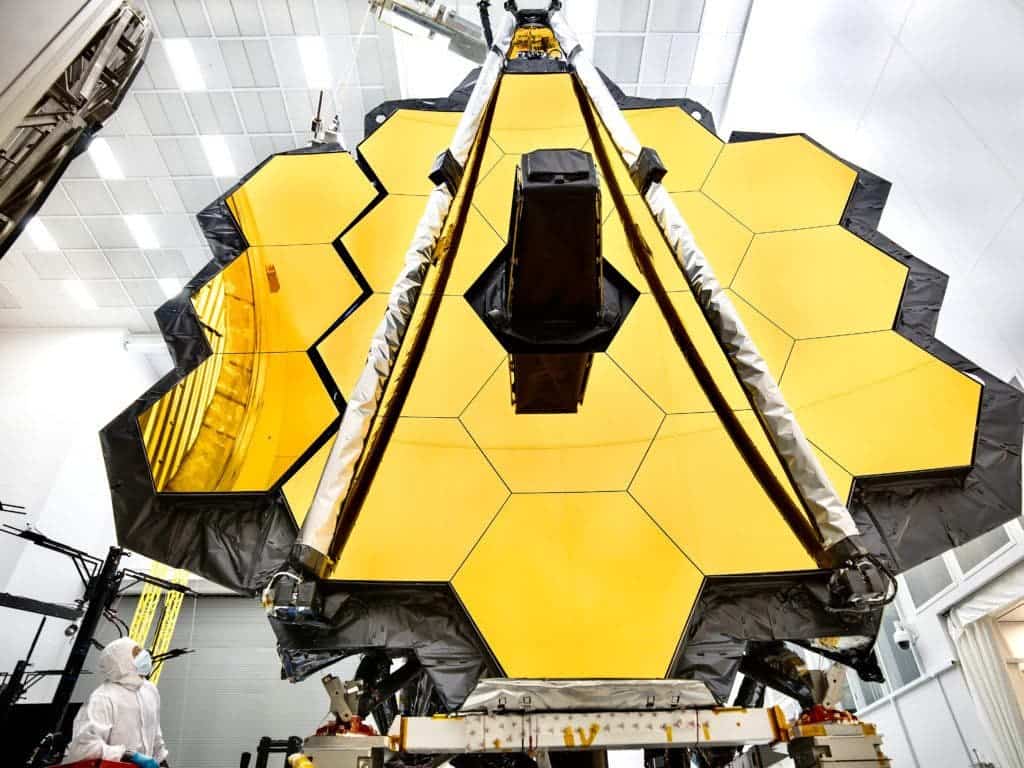Set to launch in 2021, the James Webb Space Telescope could be able to learn key facts about TRAPPIST-1 planetary system even in its first year of operation, according to a new study.

The research by Jacob Lustig-Yaeger, a doctoral study in astronomy, used TRAPPIST-1 as a kind of laboratory to model not the planets themselves, but how the coming telescope might detect and study their atmospheres.
“The Webb telescope has been built, and we have an idea how it will operate,” said Lustig-Yaeger. “We used computer modeling to determine the most efficient way to use the telescope to answer the most basic question we’ll want to ask, which is: Are there even atmospheres on these planets, or not?.”
Astronomers have had their eye on TRAPPIST-1 for a while now because of its seven-orbiting rocky, Earth-like, planets. Three of these worlds are in the star’s habitable zone—that swath of space around a star that is just right to allow liquid water on the surface of a rocky planet, thus giving life a chance.
The star, TRAPPIST-1, was much hotter when it formed than it is now, which would have subjected all seven planets to the ocean, ice and atmospheric loss in the past.
“There is a big question in the field right now whether these planets even have atmospheres, especially the innermost planets,” Lustig-Yaeger said. “Once we have confirmed that there are atmospheres, then what can we learn about each planet’s atmosphere—the molecules that make it up?”
The paper, published in the Astronomical Journal, said that the James Webb Space Telescope could learn quite a lot in a short period of time, given the way it might do its search.
Exoplanets are detected by astronomers when they pass in front of or “transit” their host star, resulting in a measurable dimming of starlight. Planets closer to their star transit more frequently and so are somewhat easier to study. When a planet transits its star, a bit of the star’s light passes through the planet’s atmosphere, with which astronomers can learn about the molecular composition of the atmosphere.
Astronomers can see tiny differences in the planet’s size when they look in different colors, or wavelengths, of light, Lustig-Yaeger said.
“This happens because the gases in the planet’s atmosphere absorb light only in very specific colors. Since each gas has a unique ‘spectral fingerprint,’ we can identify them and begin to piece together the composition of the exoplanet’s atmosphere,” he added.
The team’s modeling indicates that the James Webb telescope, using a versatile onboard tool called the Near-Infrared Spectrograph, could detect the atmospheres of all seven TRAPPIST-1 planets in 10 or fewer transits—if they have cloud-free atmospheres, Lustig-Yaeger said.









